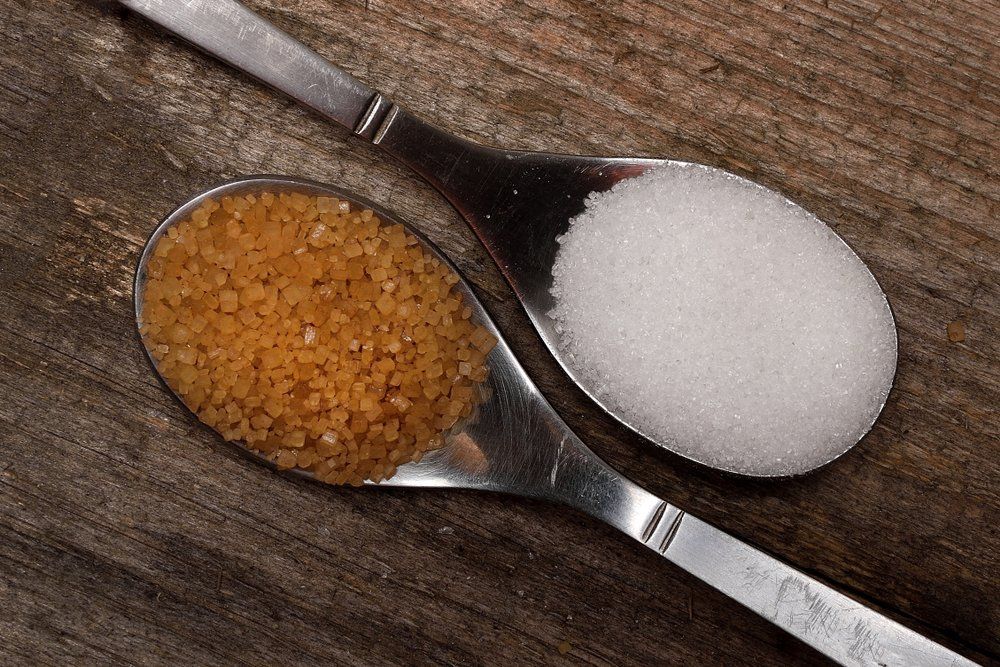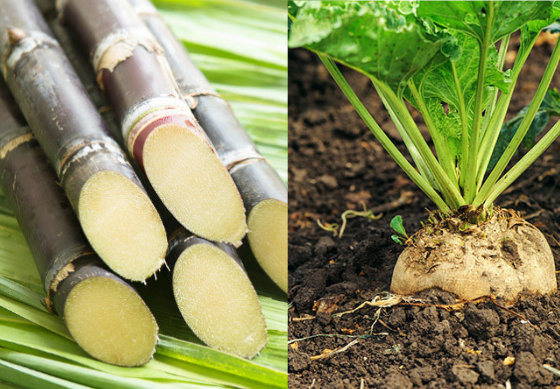Understanding beet sugar vs cane sugar helps shoppers make informed choices about their sugar preferences.
Understanding beet sugar vs cane sugar helps shoppers make informed choices about their sugar preferences.
Blog Article
Discover the Uses and Conveniences of Beet Sugar Vs Cane Sugar in Your Daily Diet
Discovering the distinct top qualities of beet and cane sugar discloses greater than simply their sweetening capacities; it highlights their special effect on health and culinary arts. Beet sugar, understood for its subtle taste, is frequently favored in fragile treats, whereas cane sugar, with its tip of molasses, adds splendor to durable dishes. Each type holds its very own dietary account and glycemic ramifications, inviting a deeper understanding of their roles in a well balanced diet plan and lasting usage practices.
Origin and Production Procedures of Beet and Cane Sugar

The unique climates and soil kinds required for growing sugar beets and sugarcane add to differences in their growing techniques and geographic circulation, affecting the economics and sustainability of their manufacturing. beet sugar vs cane sugar.
Nutritional Contrast In Between Beet Sugar and Cane Sugar
Despite originating from different plants, beet sugar and cane sugar are nutritionally really similar, both largely being composed of sucrose. Each offers regarding 4 calories per gram, translating to roughly 16 calories per teaspoon. Structurally, both sugars are made up of roughly 99.95% sucrose, with minimal quantities of other substances like wetness and trace element, which do not dramatically change their nutritional profiles.

Eventually, when selecting in between beet sugar and cane sugar based upon dietary material alone, both deal similar advantages and downsides as they are basically forms of the same molecule-- sucrose, offering quick power without various other nutrients.
Effect On Wellness: Glycemic Index and Caloric Material
Checking out even more into the effects of beet sugar and cane sugar on health, it is very important to consider their glycemic index and caloric content. Both sugars are classified as sucrose, which includes sugar and fructose. This structure leads them to have a read review similar effect on blood sugar degrees. The glycemic index (GI) of both beet and cane sugar is around 65, classifying them as high-GI foods, which can trigger quick spikes in blood glucose degrees. This is a critical aspect for individuals taking care of diabetic issues or those trying to stabilize their power levels throughout the day.
Each kind of sugar contains around 4 calories per gram, making their calorie material matching. For those keeping an eye on caloric intake, especially when managing weight or metabolic wellness problems, comprehending this equivalence is vital (beet sugar vs cane sugar). Nonetheless, too much usage of any type of high-calorie, high-GI food can add to health problems such as excessive weight, heart problem, and insulin resistance.
Environmental and Economic Considerations of Sugar Manufacturing
Beyond health impacts, the manufacturing site web of beet and cane sugar also increases substantial environmental and economic worries. Sugar beet farming tends to need cooler environments and has a reduced geographical footprint compared to sugar cane, which flourishes in exotic areas. However, both crops are intensive in regards to water use and land line of work, potentially causing logging and water deficiency. Economically, the global sugar market is highly unstable, influenced by changes in global trade policies and subsidies. Many countries incentivize sugar production through financial support, skewing market value and impacting small farmers adversely.
In addition, the usage of chemicals and fertilizers in both beet and cane sugar cultivation can result in soil degradation and pollution, more impacting biodiversity and local water bodies (beet sugar vs cane sugar). The option between growing sugar beet or cane commonly rests on neighborhood environmental problems and financial factors, making the sustainability of sugar production a complex problem
Culinary Applications and Taste Differences
While the environmental and financial Extra resources facets of sugar production are indeed significant, the choice between beet and cane sugar likewise influences cooking applications and flavor profiles. Beet sugar, obtained from the sugar beet plant, is known for its remarkably neutral taste. This makes it a functional active ingredient in baking, where it does not change the taste of various other elements. It liquifies swiftly and is suitable for use in cakes, cookies, and breads.
Cane sugar, drawn out from sugarcane, frequently preserves molasses traces, which impart a distinct richness and depth. The minor variation in dampness material in between beet and cane sugar can influence the appearance and consistency of dishes, making cane sugar a favored option for certain dishes that profit from its one-of-a-kind homes.

Verdict
Finally, both beet and cane sugar have distinctive beginnings and production processes, supplying comparable dietary profiles with small differences in salt web content and taste. While their effect on health, particularly concerning glycemic index and calories, is comparable, the selection in between them usually steams down to environmental, economic factors, and details cooking demands. Recognizing these facets can assist consumers in making informed choices that line up with their health and wellness goals and taste choices.
Report this page